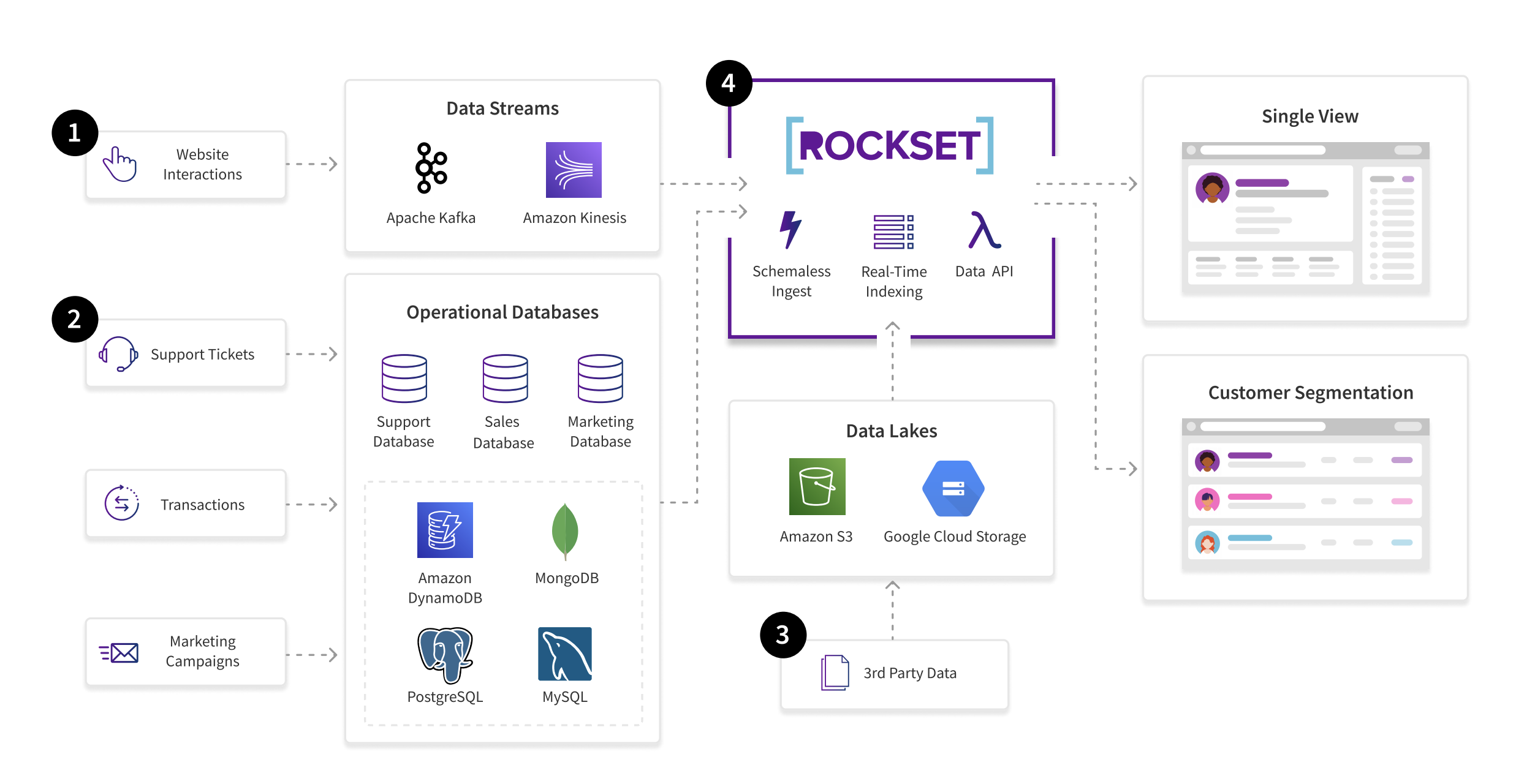We experience real-time analytics everyday. The content displayed in the Instagram newsfeed, the personalized recommendations on Amazon, the promotional offers from Uber Eats are all examples of real-time analytics. The emergence of real-time analytics encourages consumers to take desired actions from reading more content, to adding items to our cart to using takeout and delivery services for more of our meals.
For many big tech companies, the investment in real-time analytics has had huge financial gains. Netflix has built content recommendation algorithms that are responsible for 80% of the content streamed on their platform, saving the company $1B annually (Dataconomy). In 2019, Facebook built a spam fighting engine that was responsible for taking down 6.6B fake accounts, lowering the percentage of fake accounts on the site to less than 5% (ZDNet).
Yet, for many companies, real-time analytics remains out of reach. In a recent Ernst & Young survey, supply chain executives cite end-to-end visibility as the most important factor to a successful supply chain. But, only 6% of the survey respondents have the capabilities to monitor and track the entire supply chain today (Ernst&Young). In another example, 81% of sales representatives want to view customer touchpoints across the entire customer journey but only 49% of businesses have a fully integrated customer 360 platform (Salesforce).
Big tech companies have been able to bridge the gap between user demand and application capabilities because they have the time, money and resources to build and maintain on-premise data architectures.
Rockset is introducing new data stacks that reduce the barriers preventing many companies from implementing real-time analytics including:
Data Preparation: Constructing rigid data pipelines, defining schemas and denormalizing the data
Performance Engineering: Manual configuration and tuning to get sub-second query performance whenever new data or queries are introduced
Operations: Managing complex distributed systems including configuring, scaling and capacity planning clusters
We recently introduced 7 new architectures for real-time analytics that are built for speed, simplicity and scale. These modern data stacks for logistics tracking, real-time customer 360s, personalization and more put real-time analytics within reach of all companies from lean startups to large enterprises.
One of those architectures is a real-time customer 360. We’re finding that increasingly customer data is siloed across website and product interactions, business teams and software solutions. This makes it challenging to access and analyze the most up-to-date information. A centralized, real-time view of customer activity enables teams to respond to events as they happen and create a seamless customer experience.

- In this architecture, clickstream data is streamed through an event streaming platform into Rockset for real-time analytics.
- Support tickets, sales transactions and marketing interactions are stored in operational databases which serve as a system of record. As operational databases were not designed for analytics, data is replicated to Rockset and automatically indexed for fast search, aggregations and joins.
- Third-party datasets enrich the customer profile. They are loaded into data lakes for storage and indexed in Rockset for real-time analytics.
- Rockset joins data from data streams, operational databases and data lakes to create a comprehensive customer profile. This unified view can be used for customer segmentation and personalized experiences.
Learn how to build data stacks for real-time analytics by downloading the 7 Reference Architectures for Real-Time Analytics.